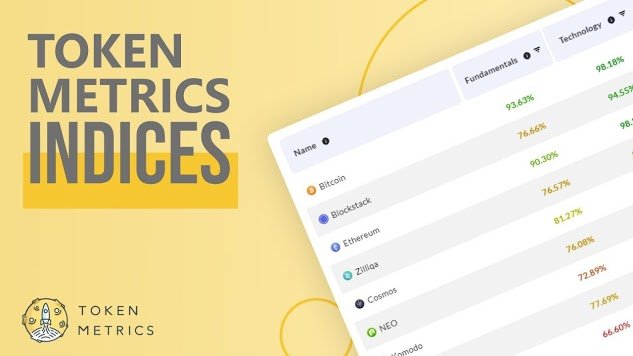A new Bain & Company report says many organisations in Southeast Asia are still stuck in early product testing because they treat AI as a set of tools rather than a change in how the business works. In The Southeast Asia CEO’s Guide to AI Transformation, the authors say leaders should first look at how AI could reshape their industry and revenue plans, then put money into areas where they expect clear and measurable results.
The region’s mix of cultures, income levels, and market sizes makes AI adoption harder than in places with more uniform conditions. People shop and behave differently between the different countries of the region, wages tend to be still low, and many firms don’t have the scale to run long and costly trials. These factors mean simple efficiency gains rarely deliver strong returns. Real gains come when AI is used to rethink how the business runs, make decisions faster, or increase capacity without growing the team, the Guide states.
Bain’s analysis shows that wages in Southeast Asia are about 7% of US levels, which limits how much companies can save from labour cuts. The report also notes that only 40% of the region’s market value comes from large firms, compared with 60% in India. With fewer big firms able to absorb early AI costs, leaders need to aim for speed, scale, and new processes instead of relying on cost savings alone.
How AI is helping today
Some organisations in the region are already seeing clear gains by linking their AI plans to business goals. The Guide highlights early moves like using AI to shorten product launch times or reduce supply chain issues, so opening new chances for revenue. A factory might use predictive models to reduce machine downtime and lift output, or a financial institution could use LLMs to support compliance work.
Bain senior partner Aadarsh Baijal says impact depends on how leaders think about their market. He believes many still see AI “as a rollout of software rather than a redesign of how the business competes.” When leaders understand how AI changes demand, pricing, operations, or customer needs, they can decide where to focus their efforts.
What the guide says about data, culture, and people in AI
The Guide stresses that AI transformation relies on people, habits, and skills, not only technology. Many organisations think scaling AI is a hiring problem, but Bain argues that the talent often already exists in the business. The real issue is getting teams to work together and helping staff understand how to use AI in their jobs.
The authors describe two groups involved in successful change. The “Lab” is made up of technical teams who rebuild processes and create the first versions of new tools. The “Crowd” includes employees in the business who need enough AI awareness to use those tools day to day. Without both groups, projects stall.
Senior partner Mohan Jayaraman says the strongest results appear when existing teams lead the work. In his view, impact increases when companies match small expert groups with wider training so new systems become part of normal workflows rather than one-off trials.
Leaders also need to fix ongoing issues like data quality, how data is tracked, governance, and links to current systems. They also need to decide how their AI plans connect with existing technologies. Without this groundwork, early gains are hard to repeat at scale.
A regional push to support enterprise AI
Bain is setting up an AI Innovation Hub in Singapore with support from the Singapore Economic Development Board (EDB). The hub’s goal is to help companies move beyond trials by building AI systems that can run at scale. It will work in advanced manufacturing, energy and resources, financial services, healthcare, and consumer goods.
The hub sits in a growing AI community in Singapore, which has more than a thousand startups and is expected to generate about S$198.3 billion in economic value from AI by 2030. Its work will cover production-ready systems like predictive maintenance for factories, AI support for regulatory tasks in finance, and personalisation tools for retail. It will also help companies build internal teams and engineering skills so they can run AI programmes on their own.
As competition in Southeast Asia increases, firms that treat AI as a shift in how they operate – a central theme in Bain’s AI guide – will be better positioned to turn pilots into long-term results.
See also: Is AI in a bubble? Succeed despite a market correction
Want to learn more about AI and big data from industry leaders? Check out AI & Big Data Expo taking place in Amsterdam, California, and London. The comprehensive event is part of TechEx and co-located with other leading technology events. Click here for more information.
AI News is powered by TechForge Media. Explore other upcoming enterprise technology events and webinars here.






